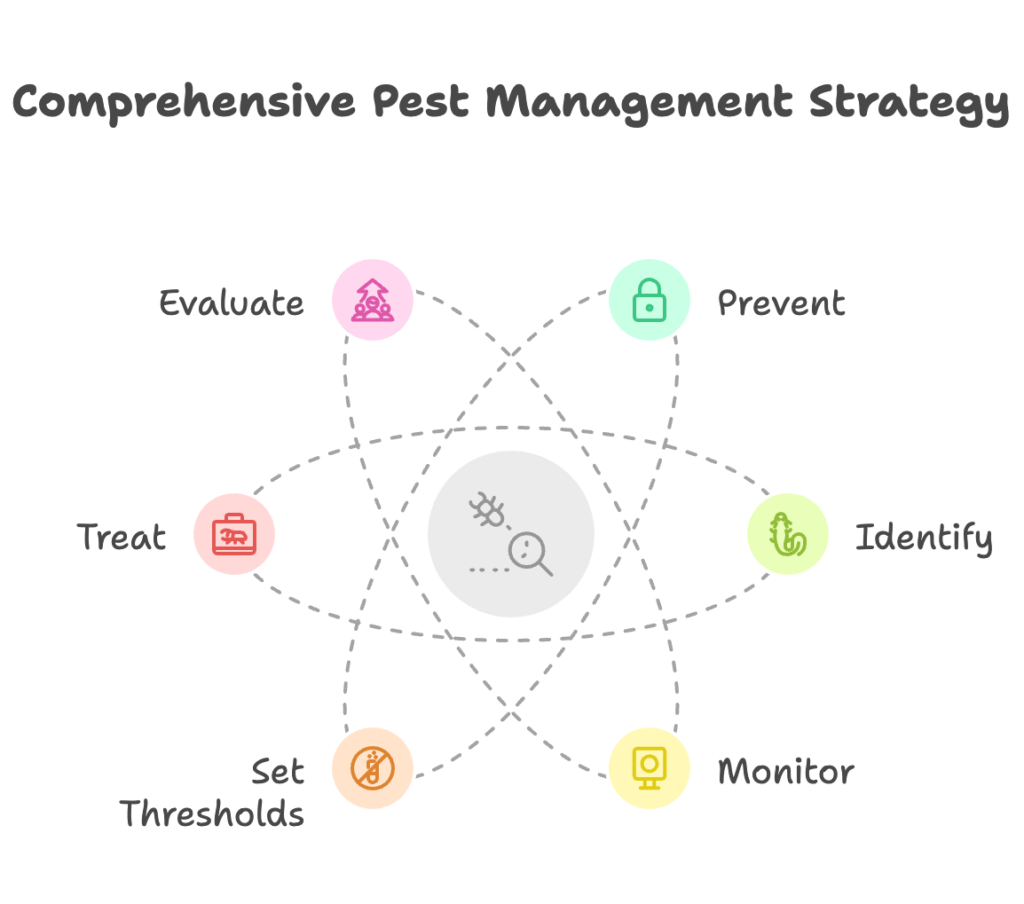Rodent Control Methods
Keep Your Space Rodent-Free: Smart, Humane, and Effective Strategies
So, you’ve spotted a mouse skittering across your kitchen floor or heard suspicious scratching in the walls. Whether you’re a homeowner or a business owner, a rodent infestation is more than just a nuisance—it’s a health hazard and a threat to your property. But don’t panic! With the right rodent control methods, you can reclaim your space and prevent future invasions. Let’s dive into practical solutions, from natural deterrents to professional extermination, and everything in between.
Understanding Rodent Control Methods: Start with Prevention
Rodents are sneaky, resourceful, and fast. A single mouse can squeeze through a hole the size of a dime, and a pair of rats can produce 15,000 descendants in a year (yikes!). The key to winning this battle is a mix of prevention, monitoring, and targeted action.
The Integrated Pest Management (IPM) approach, recommended by the EPA, is your best friend here. It’s a six-step strategy:
- Prevent entry by sealing gaps.
- Identify the species and their habits.
- Monitor activity with traps or cameras.
- Set thresholds (i.e., decide how many rodents are “too many”).
- Treat with traps, baits, or professionals.
- Evaluate and adjust your plan.
Let’s break this down into actionable steps.

Step 1: Fortify Your Fortress (a.k.a. Your Home or Business)
Rodents are Olympic-level contortionists. To keep them out:
- Seal cracks and holes: Use steel wool, caulk, or metal flashing. Focus on gaps larger than ¼ inch (CDC).
- Install door sweeps and repair damaged screens.
- Trim vegetation near buildings—rats love using shrubs as highways.
- Store food securely: Use airtight containers and clean spills ASAP.
Pro tip: Rats can chew through plastic, so opt for glass or metal bins.
Step 2: Choose the Right Rodent Control Traps
Traps are the MVPs of rodent control. But with so many options, how do you pick? Here’s a quick comparison:
Trap Type | How It Works | Best For | Humane? |
Snap Traps | Spring-loaded bar kills instantly. | Mice, small rats. | Quick kill; low suffering. |
Live-Capture | Traps rodents alive for release. | Ethical homeowners. | Yes, but relocation risks remain. |
Electric Traps | Zaps rodents with a high-voltage shock. | Indoor use; tech lovers. | Instant kill. |
Glue Traps | Adhesive boards immobilize rodents. | Monitoring activity. | No—prolonged suffering. |
Snap traps are classic and cost-effective, but placement matters. Set them perpendicular to walls where rodents travel. For a humane approach, live-capture traps like those from Goodnature work well, but release rodents at least 2 miles away to prevent their return.
Avoid glue traps if possible—they’re cruel and often deemed inhumane.
Step 3: Deploy Rodent Control Baits (Safely!)
Baits are powerful but require caution. Most commercial baits use anticoagulant rodenticides, which cause internal bleeding. While effective, they pose risks to pets and wildlife. Always:
- Use tamper-resistant bait stations like Rodenbox.
- Place baits in hidden, high-activity areas (e.g., attics, basements).
- Follow local regulations—some areas restrict certain poisons.
Natural alternatives include peppermint oil-soaked cotton balls or homemade mixes of baking soda and sugar (though their effectiveness is debated). For severe infestations, pros use smart bait stations that alert them when rodents are caught.
When to Call the Pros: Professional Extermination
Sometimes, DIY isn’t enough. If you’re dealing with a large infestation, recurring issues, or just want peace of mind, hire a licensed exterminator. Pros bring:
- Advanced tools: Infrared cameras to detect nests, industrial-grade baits.
- Expertise: They identify entry points you might miss.
- Guarantees: Many offer follow-up visits to ensure rodents are gone.
Companies like Safe Pest Control use eco-friendly IPM strategies, minimizing chemical use.
Natural Deterrents: Do They Work?
From ultrasonic devices to predator urine, natural remedies are hit-or-miss. Here’s the scoop:
- Ultrasonic repellents: Emit high-frequency sounds. Studies show mixed results—some rodents just get used to them.
- Peppermint oil: A strong scent may repel mice temporarily.
- Cats: A natural predator, but not all cats are mousers!
These methods work best as supplements, not standalone solutions.
Stay Vigilant: Monitoring and Maintenance
Rodent control isn’t a “set and forget” job. Regularly:
- Inspect traps and bait stations.
- Look for droppings, gnaw marks, or greasy rub marks on walls.
- Reapply sealant as needed—rodents won’t stop testing your defenses.
Final Thoughts
Rodents are tenacious, but with the right rodent control methods, you can protect your home or business. Start with prevention, use traps and baits strategically, and don’t hesitate to call reinforcements if needed. Remember: The goal isn’t just to eliminate pests—it’s to create an environment where they never want to return.
Got a rodent war story or a foolproof tip? Share it below! And if you’re feeling overwhelmed, reach out to us. After all, peace of mind is priceless.
